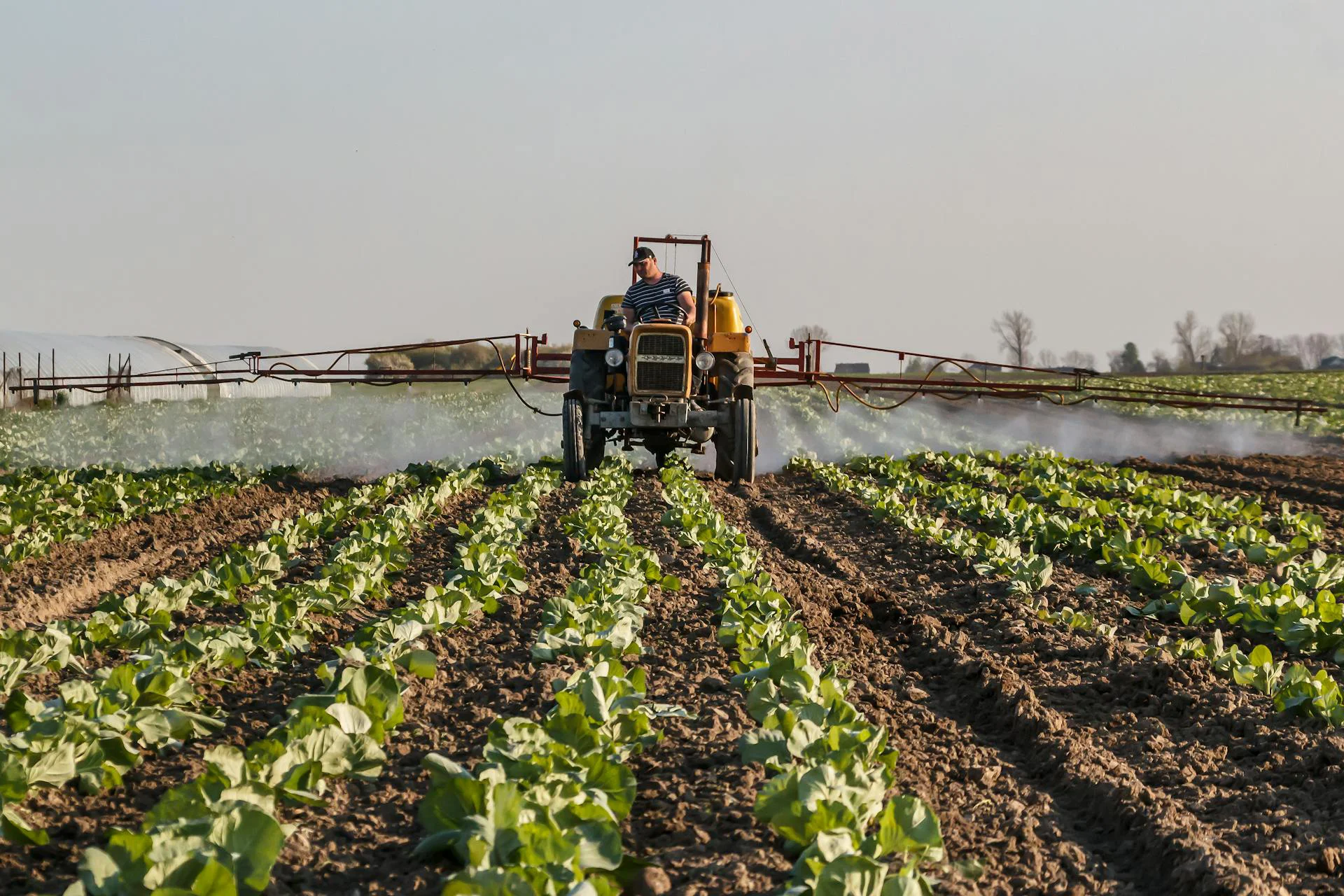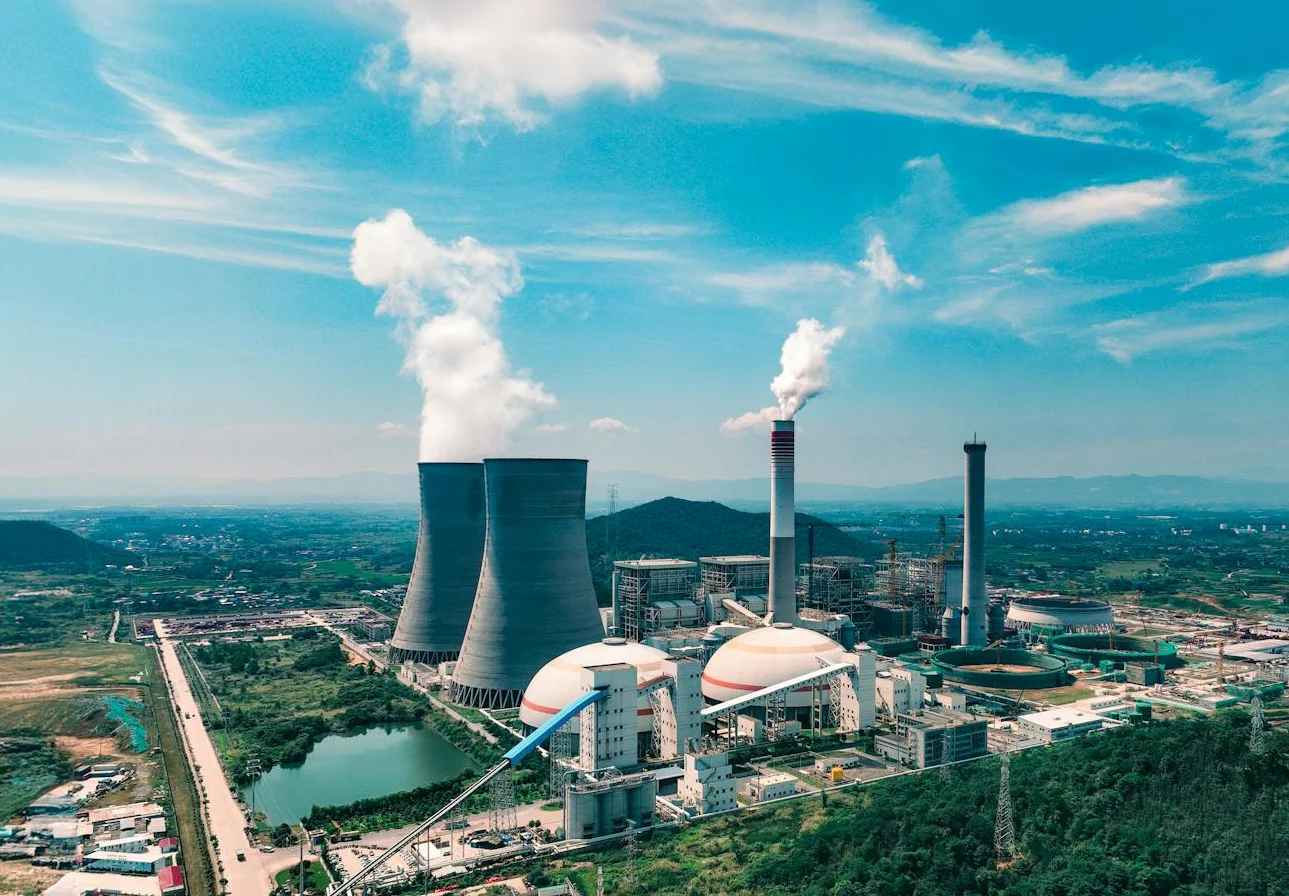Daily water use is essential to life, yet its distribution and consumption vary widely around the world. Despite the planet’s surface being covered in water, less than 1% is suitable for human consumption. The majority is either locked away as salt water in the oceans, frozen in polar ice, or located in areas too remote to extract. As populations grow and the demand for freshwater surges, this finite resource becomes ever more stretched. While the natural water cycle replenishes water across the Earth, it doesn’t always restore it in the same locations, quantities, or quality. Every day, over 10 billion tons of water are used—not just for drinking and household tasks, but to fuel agriculture, industry, and the infrastructure of our lives.

Water usage per person can be categorized into direct and indirect consumption. Direct use includes the water we drink, cook, and bathe with daily, while indirect use refers to the water embedded in producing goods and services, such as food and clothing. On average, people in developed countries use significantly more water daily than those in developing regions.

The amount of water directly available and used per capita depends heavily on geographic location. For example, the Dutch use an average of 129 liters per day for personal use alone. In contrast, North Americans daily per capita use is often between 300 and 380 liters. Europe falls in the middle of the daily water usage spectrum, with average consumption ranging from 100 to 200 liters daily, influenced by water-saving policies in some countries.
In 2020, a notable contrast can be observed in the freshwater consumption of the world’s most populous nations. China, with a population of 1.41 billion, used 600 billion cubic meters of water, while India, with 1.39 billion people, used 650 billion cubic meters. In stark contrast, the United States, with a population of 329 million – about a fourth of both China and India – used 450 billion cubic meters, equating to around 70% of the total water usage of the larger nations. This stark difference highlights the significantly higher per capita water consumption in the United States, driven by factors such as industrial activity, agricultural practices, and lifestyle demands.
Agriculture accounts for approximately 70% of global freshwater withdrawals, creating vast differences in water footprints worldwide. Regions like South Asia and the Middle East, where irrigation is vital for crop production, often have a disproportionately high water footprint per capita. Conversely, countries with more rain-fed agriculture, such as parts of Europe and South America, exhibit lower per capita water footprints despite substantial agricultural outputs.

Industries use about 20% of the world’s freshwater, making them one of the largest consumers after agriculture. Water is essential for many industrial processes, such as cooling power plants, cleaning equipment, and producing materials like steel, paper, and textiles. However, this demand often leads to environmental challenges, such as water pollution and depletion of local water supplies.

Water consumption varies greatly across the globe, influenced by factors such as population, lifestyle, and economic activity. Some regions, like North America, have high water use per capita due to industrial activities and residential consumption, while others, such as Central Asia, use a lot of water for agricultural demand.
Interestingly, Central Asia is also one of the regions with the highest levels of water wastage globally, even though it heavily depends on this vital resource for agriculture and daily life. Countries like Uzbekistan, Kazakhstan, and Turkmenistan consume vast amounts of water per capita, often due to inefficient irrigation practices and outdated infrastructure. These systems, primarily developed during the Soviet era, lose significant volumes of water through evaporation and leakage before reaching the fields. This inefficiency strains local water supplies.
The global population is projected to grow significantly in the coming decades, placing enormous strain on freshwater resources. By 2050, the demand for water is anticipated to surge by 20% to 30%, driven by increased consumption for agriculture, industry, and daily human needs.
© 2025 - World Population Limitation Movement | Website by Donkeys & Co.